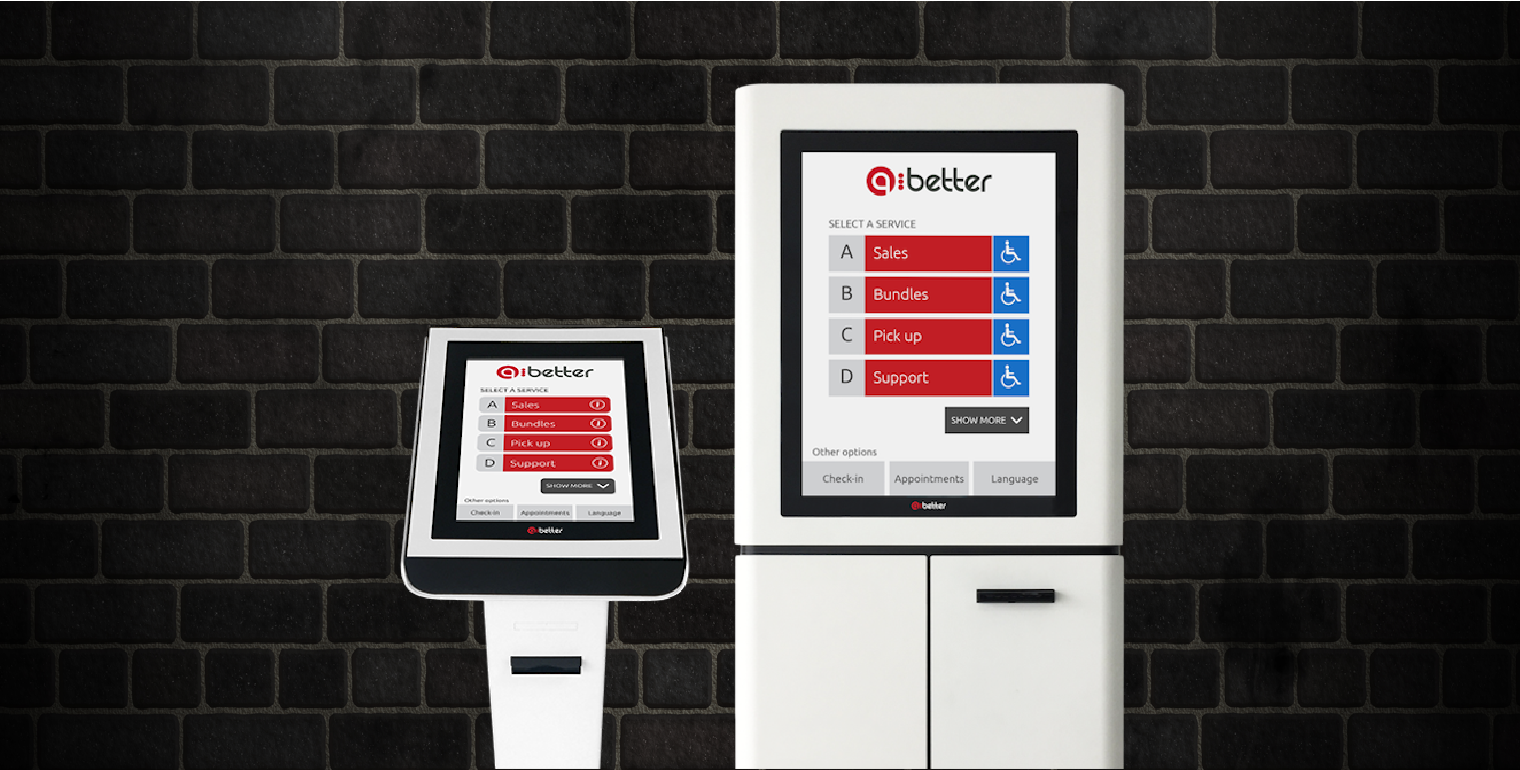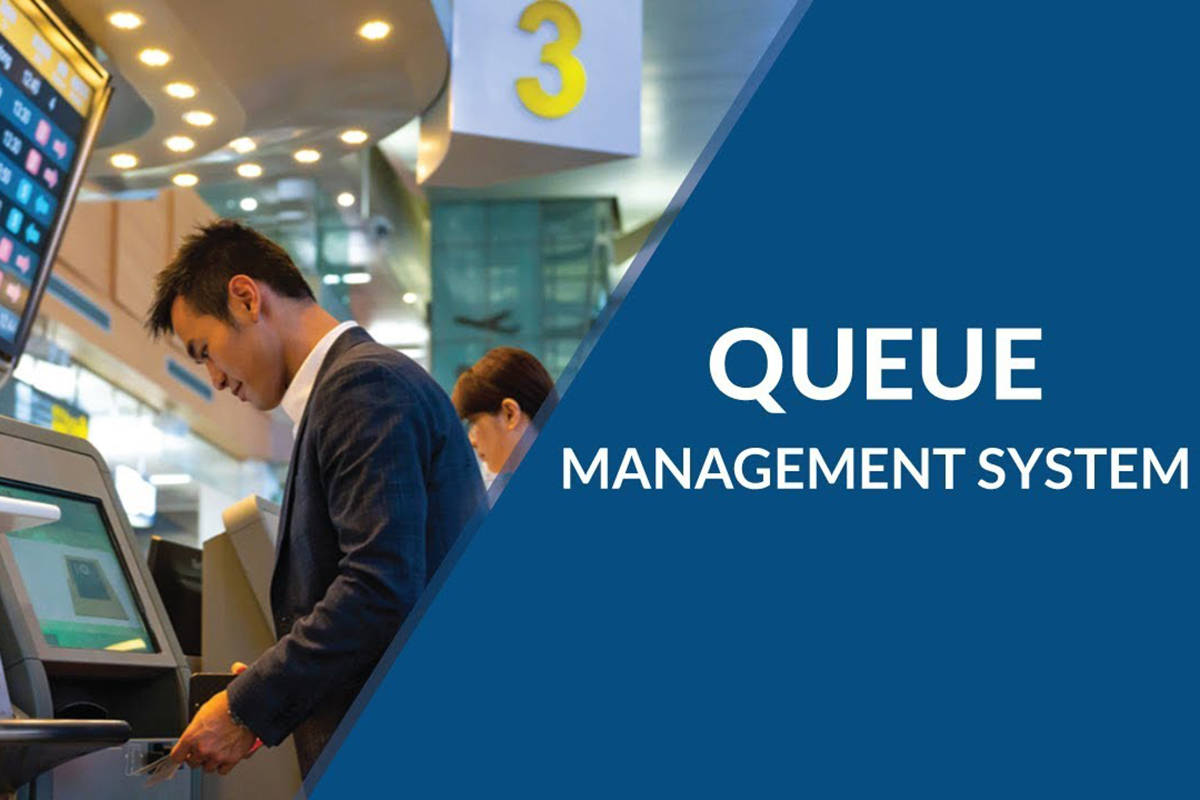- Home
- About Us
- Products
- Electronic Article Surveillance System EAS / Retail Anti theft Systems
- Display Stands
- Restaurant Pager
- People Counting Systems
- Queue Management Systems
- Access Control System
- Time Attendance Systems
- Audio & Visual System Solutions
- Display Solutions
- CCTV Cameras in Qatar: Enhancing Security Solutions
- Time Lapse Construction Camera
- Flap Barrier, Speed Gates, Turnstiles Access Control
- Gate Barriers System & Bollards in Qatar
- Parking Management & Gate Automation
- Library Management Systems
- IT & Telecom
- Lockers & Key Management Systems
- Intrusion Alarm System
- Perimeter Security
- Vehicle Tracking
- Time Recorders & Time Stamps
- Emergency Exit Door Alarms
- Clients
- Contact Us
- Support
Contents
Queue systems: What you need to know?
If you run a business that deals with customers on a regular basis, you know how important it is to provide them with a positive and satisfying experience. You want your customers to feel valued, respected, and appreciated, and to leave your premises with a smile on their face.
But what happens when your customers have to wait in long and chaotic lines to get the service or product they need? What if they get frustrated, bored, or angry while waiting for their turn? What if they decide to leave without completing their transaction, or worse, switch to your competitors?
This is where queue systems come in handy. Queue systems are solutions that help you manage the flow of customers in your business, reduce their waiting time and anxiety, and improve their overall satisfaction. Queue systems can also help you optimize your operational efficiency, staff productivity, and business performance.
In this blog post, we will explain what queue systems are, how they work, and why you need them. We will also introduce you to Axle Systems, the leading distributor and system integrator of queue systems in Qatar, and how they can help you find the best queue system for your business.
Queue systems are also known as queue management systems or queuing solutions. They are software and hardware tools that enable businesses and organizations to organize, engage, and measure their customer queues. Queue systems can be used in various settings, such as retail stores, banks, hospitals, airports, government offices, educational institutions, and more.
Queue systems can provide various benefits, such as:
- Reducing customer wait times and frustration
- Improving employee efficiency and productivity
- Enhancing service quality and customer loyalty
- Increasing sales and cross-selling opportunities
- Collecting data and feedback from customers
- Optimizing resources and capacity planning
- Complying with social distancing and safety guidelines
How do queue systems work?
Queue systems work by using different technologies and methods to manage customer queues. Depending on the type and size of the business or organization, queue systems can vary in complexity and functionality. However, most queue systems follow these basic steps:
- Customer arrival: Customers arrive at the service point and join a queue. Depending on the queue system, they may receive a ticket from a dispenser, check-in at a kiosk, scan a QR code with their smartphone, or book an appointment online.
- Customer notification: Customers are notified of their queue status and wait time through various channels, such as digital displays, SMS messages, mobile apps, or voice announcements. Customers can also choose their preferred service or staff member if available.
- Customer service: Customers are called to the service point when it is their turn. The queue system can also direct customers to the appropriate counter or area. The staff can access customer information and preferences through the queue system interface.
- Customer feedback: Customers are asked to provide feedback on their service experience through the queue system. The feedback can be collected through surveys, ratings, comments, or emoticons. The feedback can help businesses and organizations improve their service quality and customer satisfaction.
- Check-in devices: These are devices that allow your customers to join a queue or book an appointment. They can be kiosks, tablets, mobile phones, websites, apps, or call centers.
- Display screens: These are screens that show the queue status, such as the current number being served, the estimated waiting time, the number of customers in line, and the available service points. They can also show promotional messages, advertisements, or entertainment content to keep your customers engaged while waiting.
- Notifications: These are messages that inform your customers about their turn or appointment. They can be SMS, email, voice call, or push notifications.
- Queue management software: This is the software that runs the queue system and collects data about the customer flow and behavior. It allows you to monitor and analyze the queue performance, such as the number of customers served, the average waiting time, the service time, the no-show rate, the customer satisfaction rate, and more. It also allows you to adjust the queue settings and parameters according to your needs and preferences.
- Service dashboard: This is the dashboard that shows the service staff the information they need to serve the customers efficiently and effectively. It can show them the customer name, number, service request, history, preferences, feedback, and more.
What are the different models of queue systems?
Queue systems can be classified into different models based on their features and functions. Some of the common models of queue systems are:
- Linear queue system: This is the simplest model of queue system that uses a single line of customers waiting for a single service point. The customers are served on a first-come, first-served basis. This model is suitable for simple and fast services that do not require much customization or differentiation.
- Multiple queue system: This is a model of queue system that uses multiple lines of customers waiting for multiple service points. The customers can choose which line to join based on their service needs or preferences. This model is suitable for services that offer different options or levels of service quality.
- Virtual queue system: This is a model of queue system that uses no physical lines of customers waiting for a service point. Instead, the customers are assigned a virtual number or position in the queue that they can monitor through digital channels. The customers can wait anywhere they want until they are called to the service point. This model is suitable for services that have long or unpredictable wait times or that want to reduce crowding and enhance customer experience.
How can Axle Systems help you with queuing solutions?
Axle Systems is a leading provider of queuing solutions in Qatar. We offer a wide range of queuing solutions that can cater to your specific business needs and goals. Whether you need a simple linear queue system or a sophisticated virtual queue system, we have the right solution for you.
if you are looking for the best queue system for your business, look no further than Axle Systems. Axle Systems is the leading distributor and system integrator of queue systems in Qatar. They provide the industry’s best queue systems with the most advanced features available in the market, such as virtual queuing, remote sign-in, centralized management, and app integrations.
Axle Systems has a team of experienced and qualified professionals who can help you design, install, configure, and maintain your queue system according to your specific needs and goals. They also offer excellent customer service and support to ensure your satisfaction and success.
Axle Systems has a wide range of clients from various sectors, such as retail, banking, healthcare, government, education, and more. They have successfully implemented queue systems for some of the most prestigious organizations in Qatar, such as Qatar Airways, Qatar Petroleum, Qatar University, Hamad Medical Corporation, Ministry of Interior, Ministry of Education and Higher Education, and more.
Some of the features and benefits of our queuing solutions are:
- Customizable and scalable solutions that can fit any size and type of business or organization
- User-friendly and intuitive software and hardware that can be easily installed and operated
- Advanced analytics and reporting tools that can help you measure and improve your performance indicators
- Professional and reliable support and maintenance services that can ensure your queuing solution runs smoothly
If you are looking for a distributor of queuing solutions in Qatar, contact Axle Systems today. We will help you find the best queuing solution for your business or organization.
FAQs about queue systems
Here are some common questions and answers about queue systems:
Q: How much does a queue system cost?
A: The cost of a queue system depends on various factors, such as the type and size of the queue system, the number and features of the software and hardware components, the installation and maintenance fees, etc. To get an accurate quote for your queuing solution, contact Axle Systems today.
Q: How long does it take to install a queue system?
A: The installation time of a queue system depends on the complexity and scope of the queue system, the availability and readiness of the site, the technical and logistical requirements, etc. Generally, a queue system can be installed within a few days or weeks. To get an estimate of the installation time for your queuing solution, contact Axle Systems today.
Q: How can I integrate a queue system with my existing systems?
A: A queue system can be integrated with your existing systems, such as CRM, ERP, POS, etc., through APIs or other methods. This can help you streamline your operations, enhance your data quality, and improve your customer service. To learn more about the integration options for your queuing solution, contact Axle Systems today.
Q: Why do I need a queue system? A: You need a queue system because it can bring many benefits to your business and your customers, such as improved customer satisfaction, increased operational efficiency, and enhanced business performance.
Q: Where can I find the best queue system in Qatar? A: You can find the best queue system in Qatar at Axle Systems. Axle Systems is the leading distributor and system integrator of queue systems in Qatar. They provide the industry’s best queue systems with the most advanced features available in the market.
Q: How does a queue system work? A: A queue system works by using various components and technologies to manage the customer journey from the moment they enter your premises until the moment they leave. A typical queue system consists of check-in devices, display screens, notifications, queue management software, and service dashboard.





